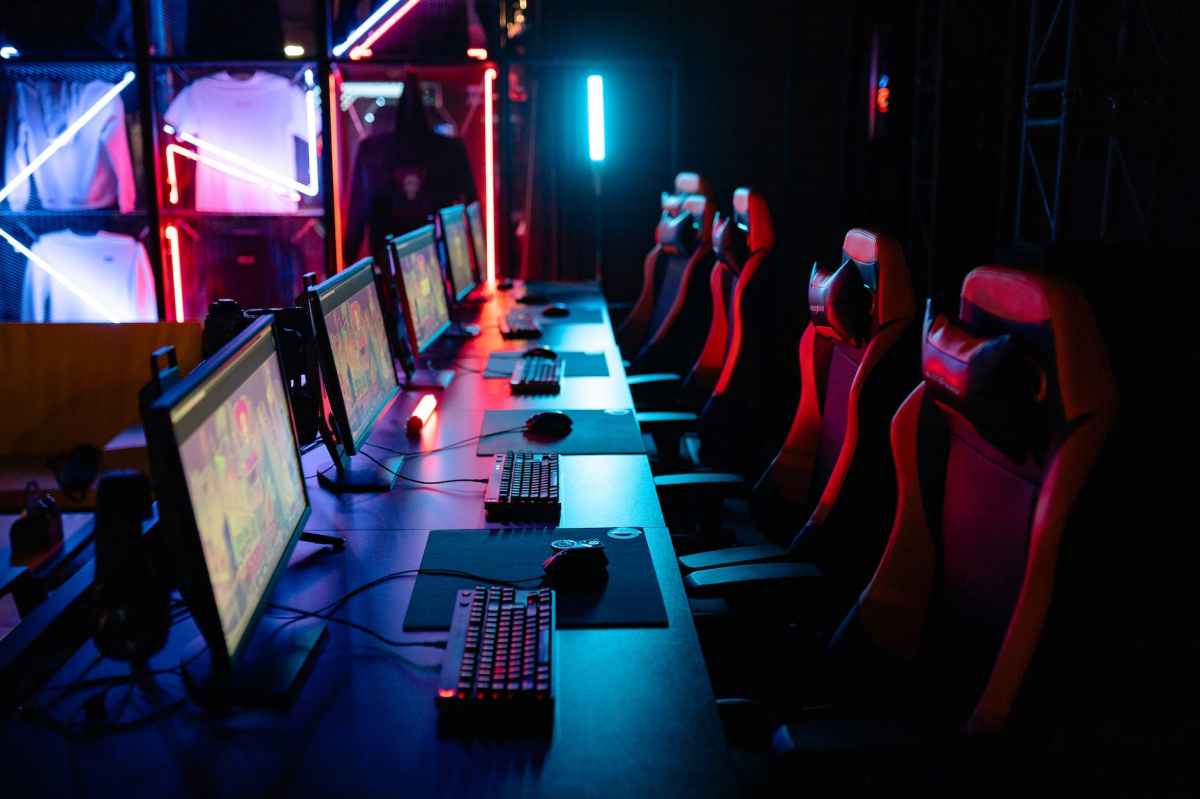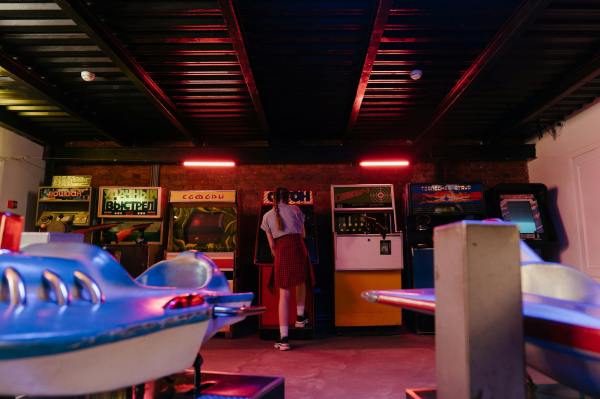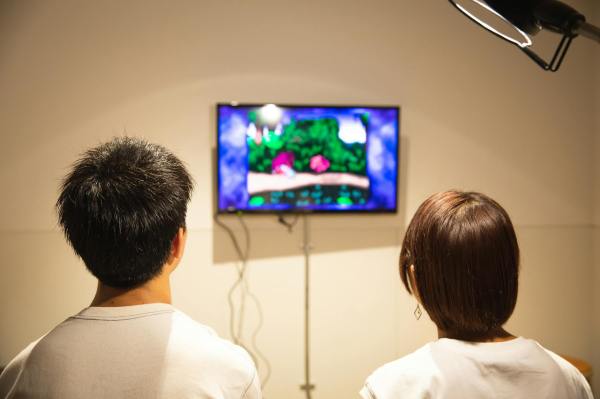Professional players, leagues, global events and millions of fans. eSports grew out of something that for most people is no more than a hobby, but for some it has become a profession.
Gamers, as professional gamers are known, can compete both individually and in teams in leagues and tournaments very similar to traditional sports.
For video games to qualify as eSports, they must:
- Be designed so that at least two participants compete against each other.
- Have rules, conditions and requirements for participation.
- Have an organised league with which to develop official rivalries.
- Reach a high number of players, which would be of interest to both spectators and the media.
But how did video games go from being just a leisure activity to being considered a sport in their own right?
Origin and history of eSports
The eSports phenomenon may seem recent, but we have to go back to the early 1970s to find the seeds of what would become the first video game competitions.
In essence, we could talk about two major moments of origin: 1972 and 1980.
1972, Rolling Stone subscription as a prize
What could be considered the first eSports competition took place in 1972, specifically at Stanford University.
There, a Spacewar video game competition was organised, officially called the ‘Spacewar Intergalactic Olympics’, which offered an annual subscription to Rolling Stone magazine as a prize, in an event that attracted few dozens of people, despite the free beer offered as an incentive for attendance.
Biology student Bruce Baumgart won and went down in history as the first gamer in history to win an eSports tournament.
As a curiosity, the photographer Annie Leibovitz was in charge of photographing the championship, as Rolling Stone would later report.
1980, the first major official and registered tournament
We had to wait eight years, specifically until 1980, to find the first official and registered major tournament in the history of video games.
Atari, one of the most important developers of the time, chose the game Space Invaders as the flagship of a competition that brought together hundreds of players all over the United States with regional qualifying rounds that allowed access to the final phase.
The event was held in New York and attracted 10,000 players, with Rebecca Heineman as the winner.
1981: Twin Galaxies, high-scoring club
A year after the big Atari tournament, a video game fan named Walter Day founded the Twin Galaxies organisation, which collected the best video game scores. Originally collecting data only from the United States, it would later expand to the rest of the world.
Even the Guinness Book of World Records came to collaborate with the organisation to record these scores.
Online video games: 1990s
1990: Nintendo World Championships
With the explosion of video games in the 1980s came the Nintendo World Championships in 1990.
In some thirty North American cities and separated into three age groups (up to 11 years old, 12 to 17 years old and over 18 years old), participants competed to achieve the highest possible score on a cartridge containing three mini-games based on Super Mario Bros, Rad Racer and Tetris, with a time limit of 6 minutes and 21 seconds.
The best in each city participated in the so-called World Finals in Los Angeles.
Home game consoles and network connectivity
The increase in the number of home game consoles and network connectivity led to the creation of more organised competitions in the 1990s with the ability to reach larger audiences.
The local leagues and tournaments that emerged during this period, together with the creation of the Cyberathlete Professional League (CPL) in 1997, were a further step in establishing a framework for competitions and the consequent possibility of attracting sponsors.
21st century: eSports consolidation
The arrival of the 21st century has meant the consolidation of eSports with the professionalisation of sports structures similar to traditional sports with coaches, players or even physical trainers.
Platforms such as Twitch and YouTube have served as a springboard to give greater visibility to eSports competitions.
Figures such as the more than 70 million streaming viewers during the League of Legends 2022 final are a clear indicator of the level of popularity that this type of competition has reached.
A popularity that can even be seen in other types of issues such as the leap into popular culture of Fortnite, a true mass phenomenon that has transcended what is merely a video game.
Conclusion
From giving away a magazine subscription in the 1970s to massive events throughout the 1980s and 1990s, the earliest eSports tournaments have been a source of inspiration for many of the world’s most popular games.









